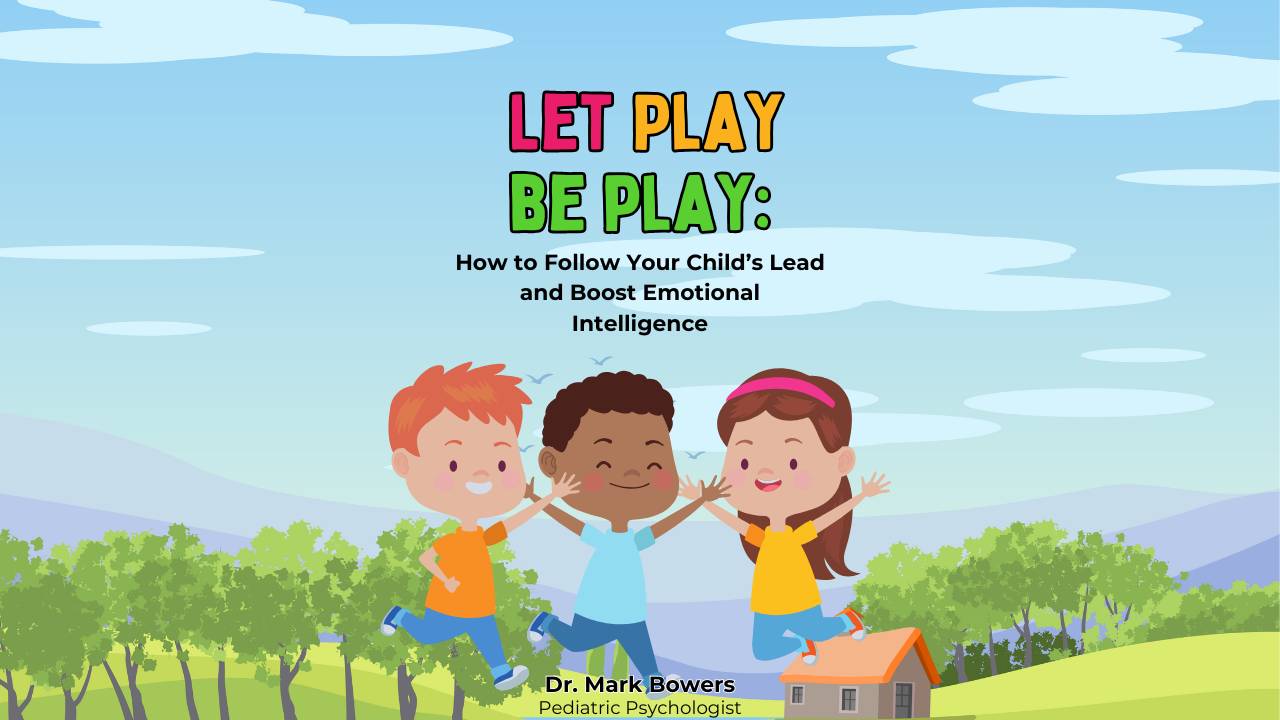
Let Play Be Play: How to Follow Your Child’s Lead and Boost Emotional Intelligence
By Dr. Mark Bowers, Pediatric Psychologist
If you’ve ever caught yourself saying, “What color is that?” or “How many blocks is that?” during playtime, you’re not alone.
We’re conditioned to quiz, correct, and steer—but that approach often backfires, especially for neurodivergent kids. It can lead to shutdowns, power struggles, and missed chances for connection.
Let Play Be Play is a hands-on, no-fluff guide that helps you shift from “teacher mode” to true emotional connection—through one simple idea: following your child’s lead.
Dr. Mark Bowers, a licensed pediatric psychologist with decades of experience, shows you how to:
-
Stop interrupting play with constant questions or corrections
-
Build emotional intelligence through safe, imaginative play
-
Connect with your child in ways that foster trust, creativity, and self-confidence
-
Encourage autonomy while co-creating meaningful moments
-
Handle common playtime challenges (like being ignored, bossed around, or shut out) with confidence and compassion
You'll get:
✔️ Real-life examples and dialogue you can use today.
✔️ A 4-step framework for joining your child’s world—without taking over.
✔️ Fast, daily 5–10 minute connection practices.
✔️ Conversation swaps that invite imagination instead of testing knowledge.
✔️ Practical tips for parents of neurodivergent kids (autism, ADHD, sensory differences).
This guide is for you if:
-
You want to support your child’s emotional growth through play
-
You’re tired of power struggles or disconnected interactions
-
You’re looking for gentle, respectful ways to bond—without needing to “fix” anything
-
You want to feel more confident and present as a parent
Let Play Be Play isn’t about doing more. It’s about showing up differently.
Because when you stop trying to lead the play... the connection leads itself. 21 Pages.

Derek M., dad of two
I used to feel like I had to make playtime ‘educational.’ This guide gave me permission to just be present—and it’s the best thing I’ve done for my relationship with my son.

Rachel T., mom of a 4-year-old with autism
After reading this guide, I shifted from asking quiz-style questions to simply observing and commenting. The difference in how my son responded was immediate. More eye contact, more smiles, more connection.

